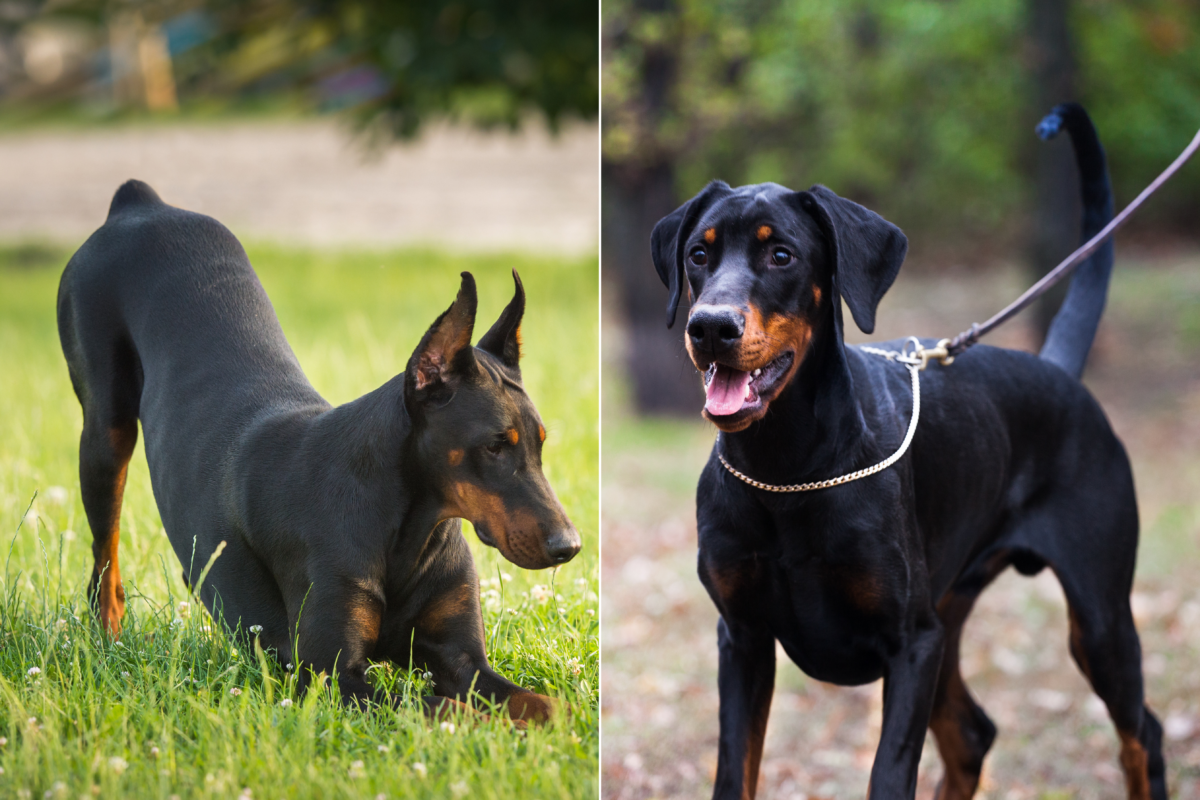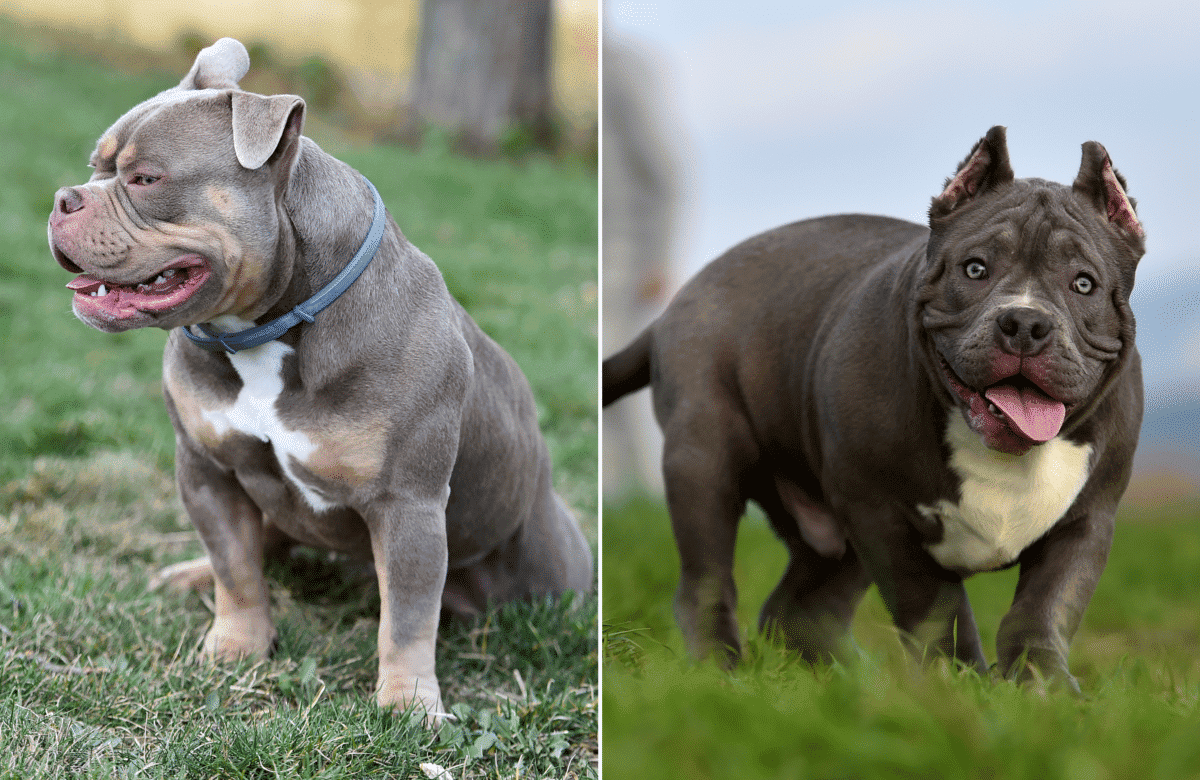Tail docking and ear cropping are two surgical practices often performed on specific dog breeds. They are performed for aesthetic purposes and, therefore, have come under scrutiny over the last few decades, resulting in their being banned in many countries. While these procedures have a long history, they are also subjects of significant controversy due to their implications on animal welfare.
Who Performs The Procedure?
One would assume the removal of a body part would be done under anesthesia, either local blocking with sedation or general anesthesia. Unfortunately, with the banning of these procedures in many countries and the cost of it being done by a veterinarian (if it’s allowed), the procedure is done by non-veterinarians.

The risks to a puppy’s well-being are incredibly high if these procedures are done without any anesthesia, in sterile environments, if there is a lack of expertise from the person performing the procedure, and if the puppy experiences pain. The risk of infection can be extremely dangerous to any dog, especially a young puppy.
What Is Tail Docking?
Tail docking is the process of removing a portion of a dog’s tail, typically performed anesthesia, usually when puppies are just a few days old. The method was initially used in working breeds to prevent tail injuries as the dogs moved through dense brush, to ward off rabies, and to indicate a dog’s tax status.
Breeds such as Boxers, Rottweilers, and Yorkshire Terriers are often associated with tail docking. However, the practice has shifted mainly from being a functional decision to an aesthetic one, forming part of the breed standards in various kennel clubs.

However, with modern medicine and knowledge, removing a portion of the dog’s tail is unnecessary unless they get a severe injury. A veterinarian can then treat this.
If this procedure is done by someone who isn’t a veterinarian, it is sometimes done when the puppy is very young and without anesthesia. Some people tie a tight band around the tail and wait for it to fall off. I can only imagine this causes extreme stress and pain to the young dog.
What Is Ear Cropping?
Ear cropping, on the other hand, involves surgically altering the shape of the dog’s ears to make them look as if they stand erect. This procedure is more invasive than tail docking and is typically carried out when the puppy is between 6 and 12 weeks old, often under general anesthesia if performed by a veterinarian.
The original purpose was to protect dogs from other animals or to enhance their hearing, especially in breeds like the Doberman Pinscher and the Great Dane. Like tail docking, ear cropping has become an aesthetic practice to maintain specific breed standards.

However, it is no longer seen as something that assists the dog with hearing and is performed for owners’ aesthetic desires. If the main aim is to have the dog look a certain way, is it worth risking the welfare of the dog for our own aesthetic desire?
Scrutiny Around Tail Docking and Ear Cropping
However, both tail docking and ear cropping have become increasingly scrutinized in recent years due to ethical and welfare concerns. Many animal rights activists and veterinarians argue that these procedures are unnecessary and cause avoidable pain to the dogs.

Critics point out that these procedures are often performed purely for cosmetic reasons rather than medical benefits. There’s an ongoing debate about whether the potential for tail injury in certain working dogs warrants prophylactic docking.
Moreover, studies suggest that tails and ears play crucial roles in canine communication. Tails, for example, help dogs convey their emotional state to other dogs and to humans. Removing these appendages can therefore, interfere with a dog’s communication ability, potentially leading to socialization problems.
Different Countries Have Differing Regulations
While some countries have banned or heavily regulated these practices, they are still permitted in others, often with specific conditions attached.
For instance, the American Kennel Club (AKC) supports owners’ right to choose to dock tails and crop ears. While at the same time, the UK Kennel Club opposes these procedures except for therapeutic or prophylactic reasons. This highlights the differing attitudes towards these practices across the globe.

In countries where ear cropping and tail docking is entirely banned, there has been an increase in people performing them at home. As mentioned above, this can lead to many welfare issues for dogs and risk their well-being.
Wrapping It Up
In conclusion, tail docking and ear cropping in dogs are practices that have shifted from being functional to aesthetic.
Despite being considered as breed standards for specific dogs, they’ve faced increasing controversy due to their impact on canine welfare and communication. As attitudes towards animal rights continue to evolve, the debate surrounding these practices will likely remain a contentious issue.

If you enjoyed learning about this, you may enjoy the following articles:
- The Origin of Dogs: How Dogs Became Our Best Friends
- What Can Dogs Eat – A Complete Dogs Dietary Guide
- Foreign Objects That Could Get Stuck In Your Dog
Join our Forum for free today!


